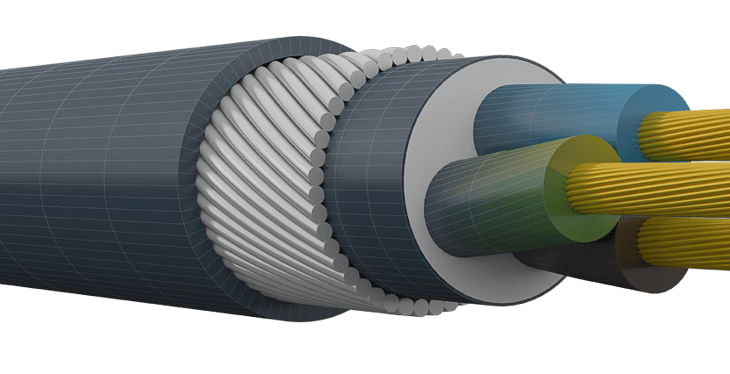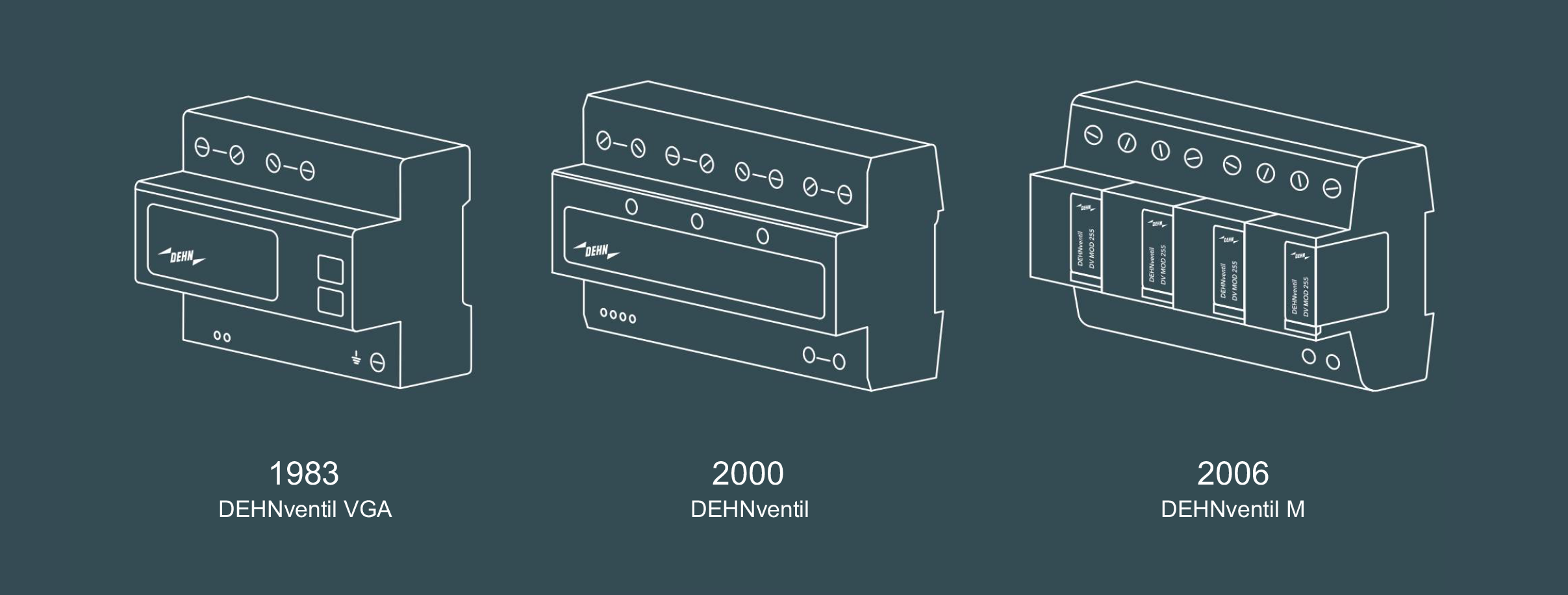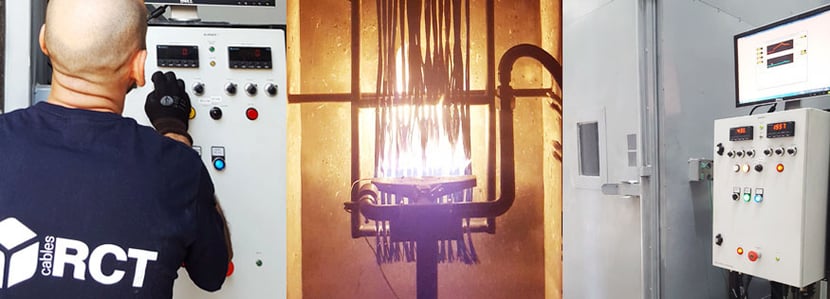The European Union, with the aim of improving the safety of buildings, has created a construction products classification system in agreement with their fire behaviour, which is common for the whole of Europe within the Construction Products Regulation (CPR).
The Institutions’ concern to protect people against fire is fully shared by Demesne, Cables RCT and by the cable industry in general, and thus cables with low smoke and toxic gas emission have been developed.
These cables give more time to evacuate in the case of fire and are less harmful for the protection teams, facilitating rescue tasks
The CPR, with its new product classification system and the quality control requirements entailed by this classification, represents an important step towards improving the performance of cables and their safety level, moving forward along the path that the cable industry has been setting for the last few years.

Construction Products Regulation (CPR)
The Construction Products Regulation* CPR, is the European legislation that establishes the basic requirements and essential harmonised characteristics that all products designed to be permanently installed in construction works must satisfy within the EU application scope.
Due to its legal nature, all social agents affected must directly comply with it: administration, manufacturers, dealers, users, etc. All the existing regulations and legislation in the European Union must be adapted before its entry into force to the harmonised technical specifications.
*(EU) Regulation no. 305/2011, 9 March 2011 (published on 4 April 2011 in the Official Journal of the European Union) establishing harmonised conditions for marketing construction products, and abolishing EEC Directive 89/106 of the Council.
What is the objective of the CPR?
There are different legislations for cables at European and national levels that result in different safety levels. The CPR regulation introduces new classification criteria and common classes, the so called Euro classes, for the entire European space, creating a common language and a classification, assessment and certification system for all member countries, for construction products.
With regards to fire behaviour, it permits establishing common standards to carry out assessment comparisons in equivalent conditions, guaranteeing the veracity of the information the products subject to this regulation.
Who does the application of the CPR affect?
The players involved in the application of the CPR are the manufacturers,
the dealers, the installers and engineering companies, as well as the
competent Authorities of the EU member states.
━━
Manufacturers and dealers are obliged to manufacture and market the products in agreement with the standards indicated in the CPR. Furthermore, manufacturers must make a “Declaration of Performance” (DoP), ratifying that the product meets the performance set by the CPR for a certain Euroclass. Products must be identified with marks and tags that show their classification. Finally, these properties and compliance with them must be validated by an independent body, the so-called Notified Bodies and Laboratories.
The competent authorities of each member state are responsible for determining the conditions that the materials of each national territory must satisfy, establishing the safety levels that must be reached in agreement with the type of construction or installation, and verifying that the products marketed or installed satisfy the respective application requirements.
Installers, engineering companies and end users are obliged to select the appropriate products in agreement with the construction, and they must satisfy the requirements established by the national authorities. Where appropriate, importers must also adopt all the necessary measures to ensure that the products they place on the market are in agreement with CPR requirements and with the mandatory national requirements.
Why are cables affected by the CPR?
The CPR Regulation defines as construction product all those products
designed to be permanently incorporated into construction works, in
the broadest sense, not only considering building but also civil
engineering works.
Cables have been considered as construction products, and they are
the only electrical products classified as construction products.
Therefore, power, telecommunications, data and control cables are
included. Cables designed for connecting appliances or for internal
wiring of equipment or electrical appliances, and all those cables that
are not used as cables for construction are excluded.
━━
What characteristics must the cables satisfy with respect to the CPR?
The CPR regulates and establishes the characteristics that construction materials must satisfy with respect to fire.
Therefore, the cables are only affected by the safety specifications in the case of fire (resistance and reaction to fire)
and hazardous substances (emission and content). The other technical characteristics are defined in the regular standards.
The fire reaction of a cable has three relevant aspects: firstly, the contribution to fire propagation by the heat given off in
the actual combustion of the cable and by the burning particles given off; secondly, the amount and transparency of the
smoke emitted; and finally, the acidity of the gases given off.
We can define fire resistance as the capacity of a cable to maintain the electrical service of an installation during a fire.
The greater fire resistance of a cable, the easier it will be to keep the emergency services in operation and therefore,
permit evacuation. The standard that will develop this aspect is still in its draft phase.
Finally, the declaration of hazardous substances, their emission and content, indicates which components and in what
proportion they are emitted in normal conditions of use, not of fire, by the cables, in order to preserve the environment.
The fact that the content of hazardous substances has been taken into account will be indicated in the DoP of each
product, although no criteria have yet been defined to determine them.
By way of conclusion, of the three aspects contemplated By the CPR, the most relevant one at this time is fire reaction,
and including but not limited to the declaration of hazardous substances. The fire resistance aspect is still legal
development pending.


